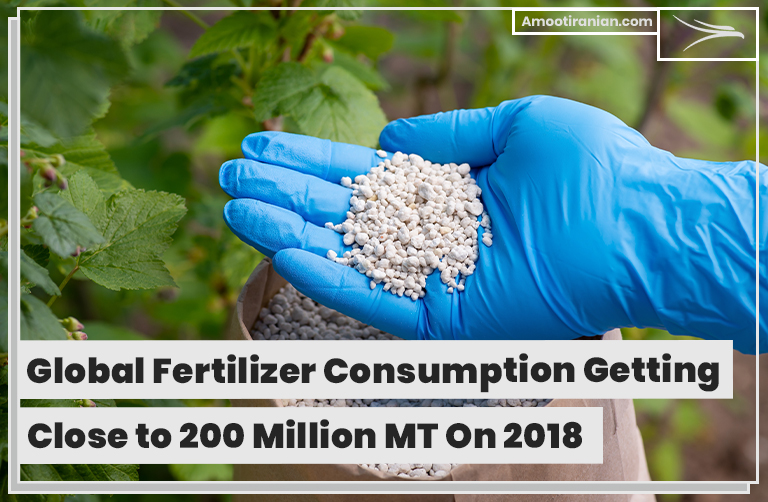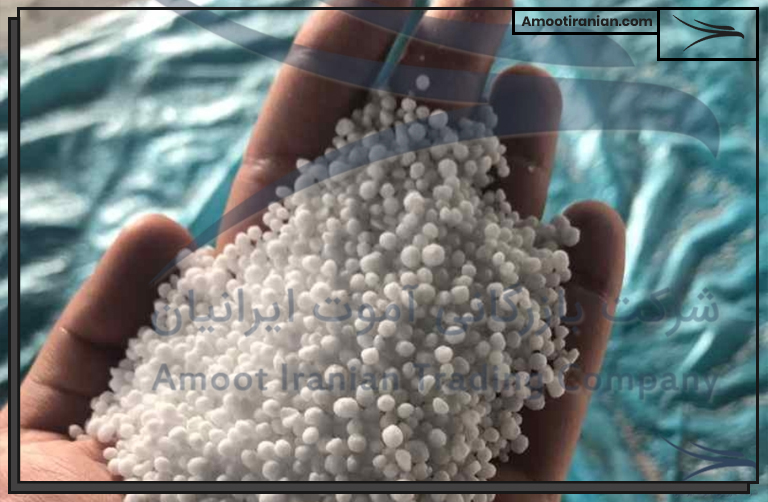.

.
Crops require water, light, and nutrients to grow. They get most of their required nutrients from the soil.
But soil composition varies and may not be fully able to provide all necessary nutrients in quantities required by the crops. Also continuous farming takes nutrients away from the soil.
So there’s a constant need to compensate this lack and improve fertility by using fertilizers. Fertilizers are crucial for bridging the gap between an ever-increasing human population and limited arable land.
.
Nutrients can be got from organic or manufactured sources. Organic nutrients are waste such as compost, while manufactured nutrients are industrially produced or extracted from minerals.
According to International Fertilizer Industry Association (IFA), about 90 years ago, fertilizer consumption was close to zero! In 2010-2011, about 173 million MT of fertilizers were consumed globally and about 70% percent of it was used by developing countries and remained by developed ones.
.
The bellow picture demonstrates the fertilizer consumption by region on 2010-2011:

.
As you see in the picture, the majority of fertilizer consumption in the 2010–2011 took place in China, with a 29.0% consumption rate. The second high consumption rate relates to South Asia, with India as the largest consuming region.
Excluding China, consumption in East Asia accounted for 8.0%. North America consumed about 13.0% of total global fertilizer consumption and it was followed by Latin America and the Caribbean which accounted for 10.0%. Brazil and Argentina are key agricultural markets in Latin America. West and Central Europe along with Eastern Europe and Central Asia contributed 13.0% of the total global consumption on the same period.
The 173 million MT of global consumed fertilizers on 2010-2011 increased rapidly and less than one decade later, on 2018, it approached to 200 million MT.
.
The global consumption of fertilizers by nutrient from 2013 to 2018 in million metric tons is showed in bellow chart:

.
Better crop management and fertility improvement have caused farmers to welcome fertilizer consumptions. Manufactured agricultural nutrients are broadly classified in two groups.
The first group is macronutrients which are required by plants in large quantities and micronutrients that are required by plants in smaller quantities.
Macronutrients are Nitrogen, phosphorous, potassium, Ca (calcium), Mg (magnesium), and S (sulfur). Micronutrients include B (boron), Cl (chlorine), Mn (manganese), Fe (iron), Cu (copper), Zn (zinc), Ni (nickel), and Mo (molybdenum).
.
Urea fertilizer as the most consumed type of nitrogen fertilizer and sulfur fertilizer as an important macronutrient are both supplied at Amoot Iranian Trading Company.
.
We are international sulfur and urea supplier, paying attention to substantial requirements in agro industry. The high global consumption of fertilizer, surpassing 200 million MT on 2019, caused Amoot Iranian Trading Company to invest extendedly in fertilizer industry.
We also aim to enhance our job by extending our fertilizer products in near future.
.

